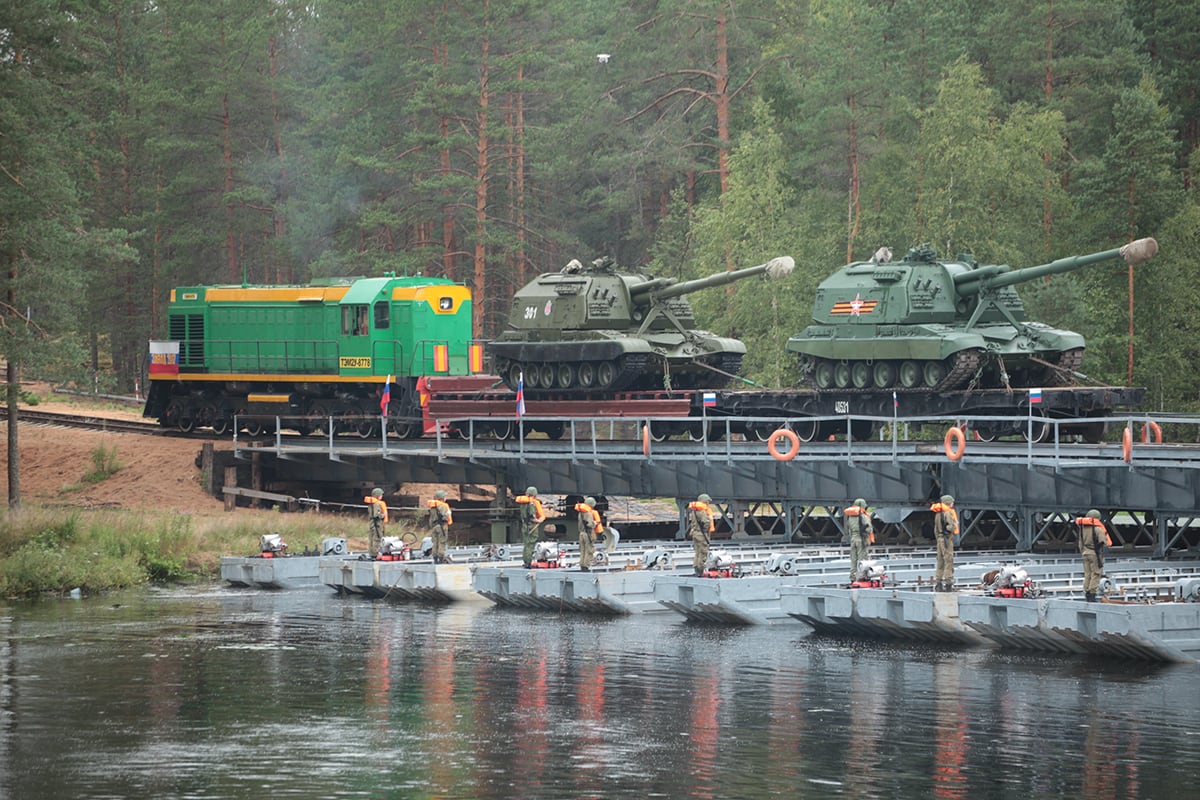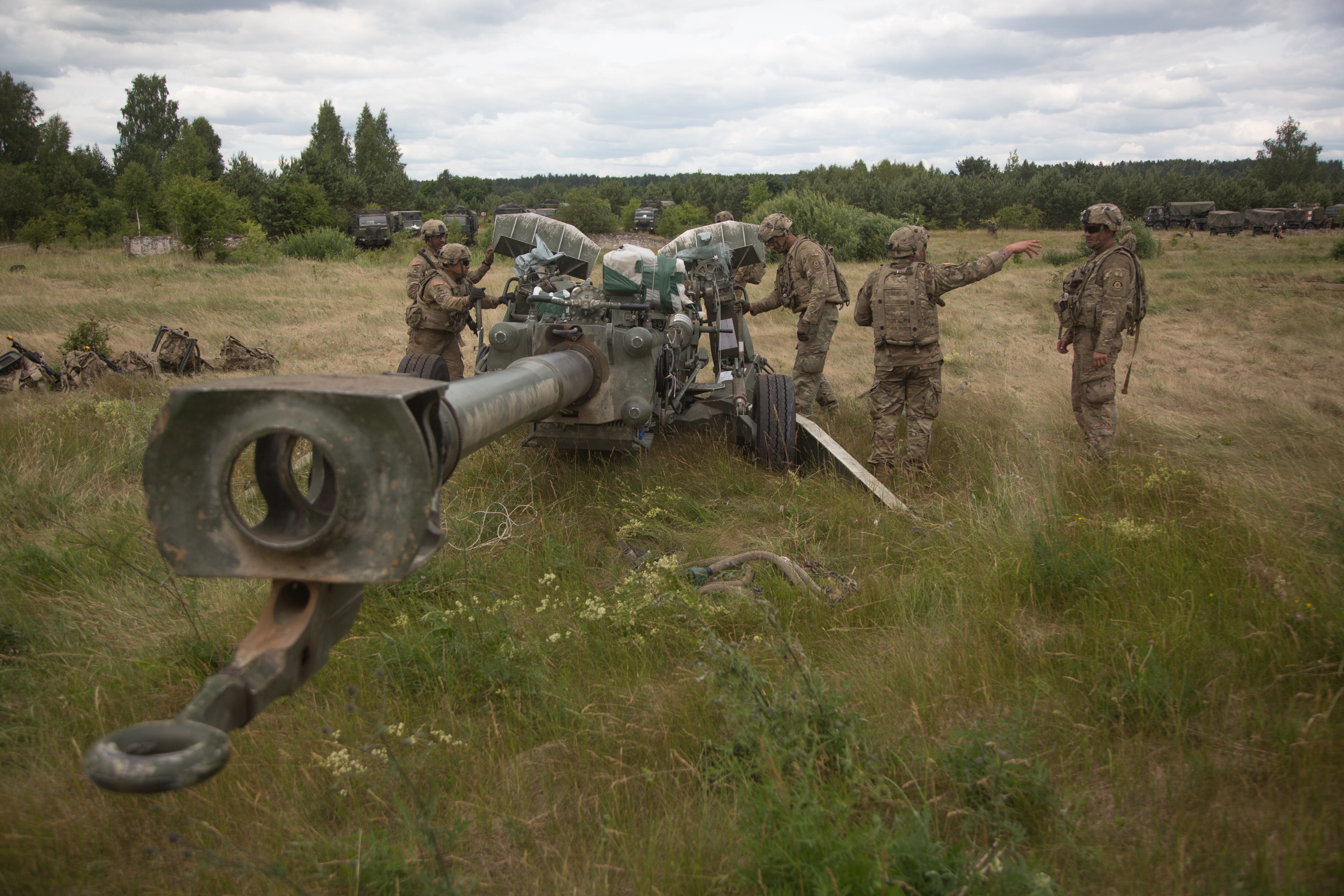The new units the Army plans to add to its troops stationed in Europe are a small but crucial part of its support of allies and force projection on the continent.
That ongoing work has seen increases in rotations, a focus on improving ground vehicle lethality and protection, and reactivating units with a European battlefield focus.
U.S. Army Europe announced in September that it would add another 1,500 troops to units that would be stationed in the following areas of Germany: Grafenwohr, Ansbach, Hohenfels and Baumholder.
Currently there are about 33,000 U.S. soldiers in Germany alone.
Though the complete standup and stationing won’t conclude until September 2020, according to plans, the base of those units begins building now.
And that includes a field artillery brigade headquarters, two Multiple Launch Rocket Systems battalions and supporting units at Grafenwohr, a Short-Range Air Defense battalion at Ansbach and other supporting units at Hohenfels and Baumholder.
In addition, existing units will move within the country.
That includes one military police brigade headquarters and a battalion headquarters moving in Bavaria, a signal battalion to Baumholder and a truck company to Kaiserslautern.
RELATED

These changes are part of an overall move back to power projection and ally support, which had declined following the peak of U.S. troop stationing in the 1980s, a drawdown through the 1990s and during the post-9/11 wars in Iraq and Afghanistan.
“Our number one priority is readiness, which must be sustained through training, personnel and equipment. We set the theater to support operational plans and contingencies throughout Europe and enable an efficient flow of forces as needed, so we must maintain critical capabilities and enhance interoperability,” Col. Joe Scrocca, spokesman for U.S. Army Europe, told Army Times.
Beginning in 2016, the Army announced nine-month deployments for an armored brigade combat team in Europe, putting more troops in the region to train with Eastern European allies, especially in Poland, Romania and the Baltics.
Today, there are more than 8,000 rotational soldiers in Estonia, Latvia, Lithuania, Poland, Hungary, Romania and Bulgaria.
The Army also is beefing up its equipment in Europe. In late 2017, the first of the Army’s upgunned Stryker Infantry Carrier Vehicle-Dragoon — which features a 30mm cannon instead of the previous M2 .50-caliber machine gun — arrived at the 2nd Cavalry Regiment.
The same unit was also among the first to receive the Common Remotely Operated Weapon Station capable of firing a Javelin missile, also called the CROWS-J.
The initial fielding that began in August included 86 systems across the Army with another fielding planned for late 2020.
Todd South has written about crime, courts, government and the military for multiple publications since 2004 and was named a 2014 Pulitzer finalist for a co-written project on witness intimidation. Todd is a Marine veteran of the Iraq War.
